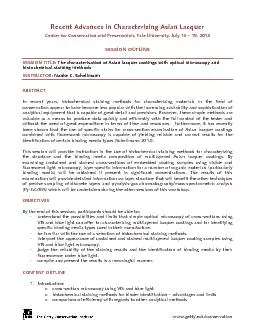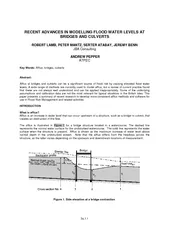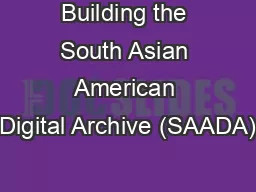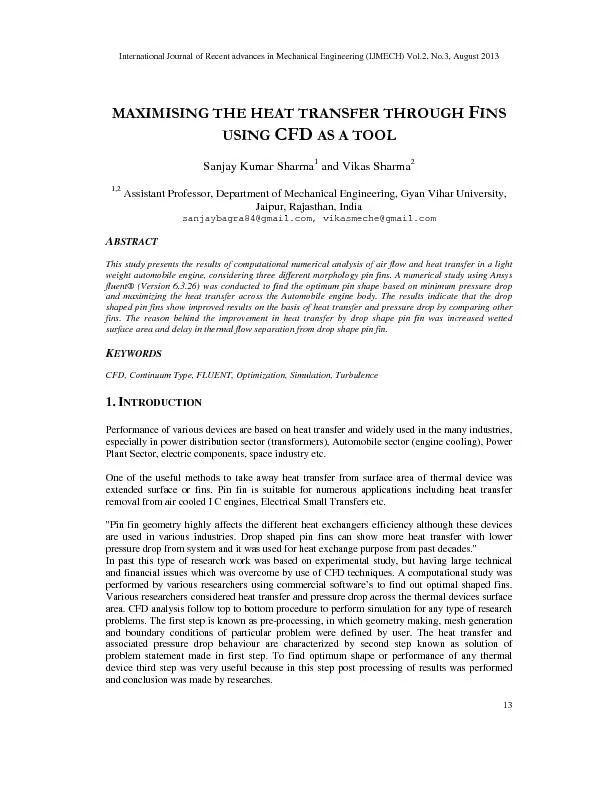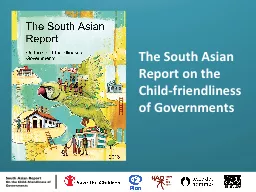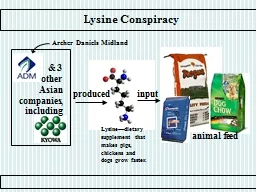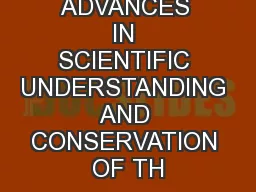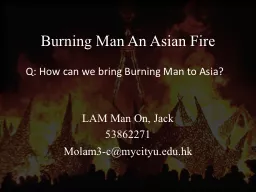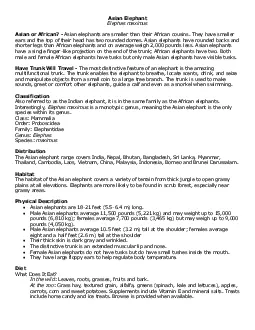PDF-Recent Advances in Characterizing Asian LacquerCenter for Conservation
Author : natalia-silvester | Published Date : 2017-01-27
wwwgettyeduconservation SESSION OUTLINE SESSION TITLE histochemical staining methods INSTRUCTORNanke C Schellmann ABSTRACTIn recent years histochemical staining
Presentation Embed Code
Download Presentation
Download Presentation The PPT/PDF document "Recent Advances in Characterizing Asian ..." is the property of its rightful owner. Permission is granted to download and print the materials on this website for personal, non-commercial use only, and to display it on your personal computer provided you do not modify the materials and that you retain all copyright notices contained in the materials. By downloading content from our website, you accept the terms of this agreement.
Recent Advances in Characterizing Asian LacquerCenter for Conservation: Transcript
Download Rules Of Document
"Recent Advances in Characterizing Asian LacquerCenter for Conservation"The content belongs to its owner. You may download and print it for personal use, without modification, and keep all copyright notices. By downloading, you agree to these terms.
Related Documents

